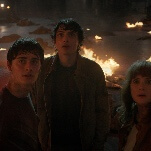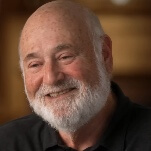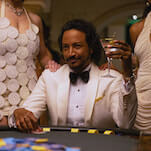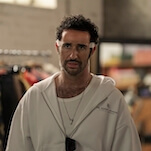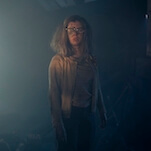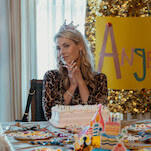Rabbit-Proof Fence

Continuing his retreat from thrillers and action films (see also The Quiet American), Australian director Phillip Noyce uses beautiful imagery to reopen an ugly chapter from his country's past that continues to stir controversy today because it was never officially disavowed. Set in 1931, Rabbit-Proof Fence takes a simple approach to a true story that needs no embellishment to seem extraordinary. Operating under the Aborigines Act, the Australian government spent decades removing children of mixed Aboriginal and white parentage, so-called "half-castes," to educational facilities. In explaining his policy to a room full of philanthropists, government official Kenneth Branagh makes the reasoning clear: Why create a third race, when with careful attention, such children could have the Aborigine "bred out" of them through integration into white society? The policy may have an air of ass-backwards progressivism when explained in the tea-room, but it looks even worse from the vantage point of the educational facility itself, as the children at the center of the film learn shortly after arriving. The facility is little more than an internment camp, where the three protagonists are housed in a crowded communal shack, given a single bucket for a toilet, forced to speak English, and expected to sing Stephen Foster songs on demand. It's no place for any kind of kid, and it's torture for those raised in a different environment. Led by Molly (Everlyn Sampi), the oldest of the children and the real-life source for the story, they decide to go home, traveling hundreds of miles along a sprawling rabbit-proof fence, another confining attempt to hold the country to a certain idea of civilization. Where Noyce could easily have given Branagh a mustache and tilted the film toward old-fashioned melodrama, he leans on tactics that are less obvious and more effective, by combining cinematographer Christopher Doyle's astounding imagery with a stirring ambient score by Peter Gabriel, and letting his young actors' expressive faces fill in any spaces left blank. These choices sometimes rob Rabbit-Proof Fence of its dramatic thrust, but they allow it to emerge as a better, more memorable film that doesn't sell short its inspiration or cheat the impact of a story whose conclusion, in a broader sense, remains unwritten.

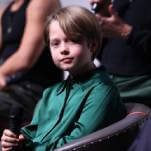

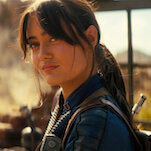
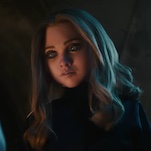

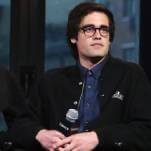
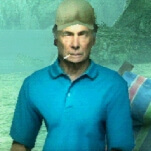

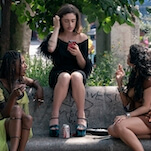
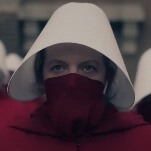
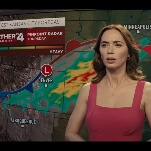
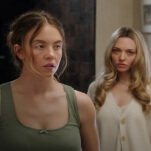

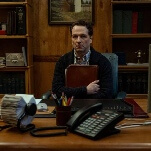
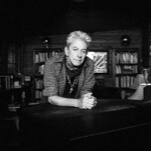



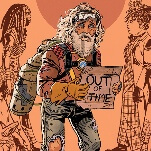
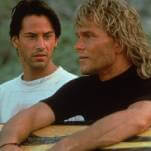
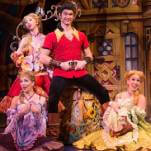
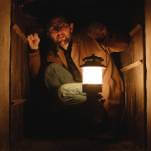





![Rob Reiner's son booked for murder amid homicide investigation [Updated]](https://img.pastemagazine.com/wp-content/avuploads/2025/12/15131025/MixCollage-15-Dec-2025-01-10-PM-9121.jpg)

